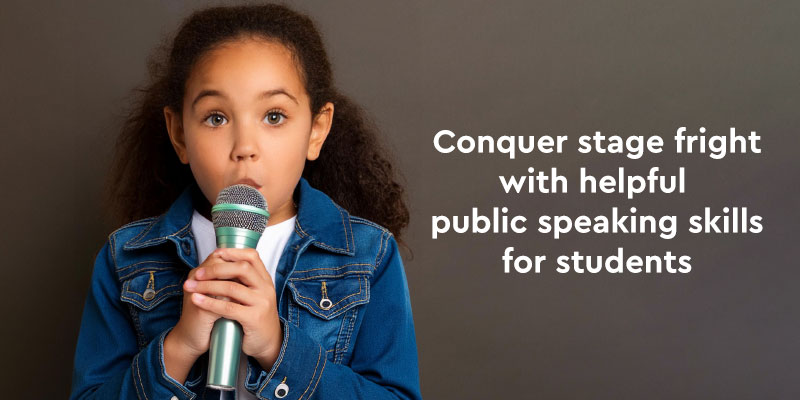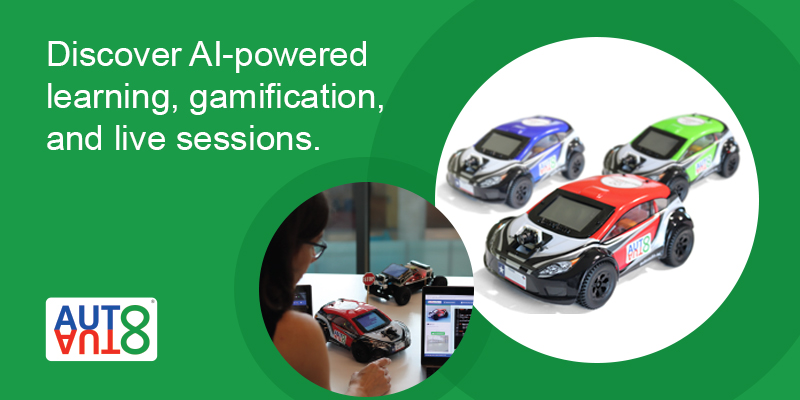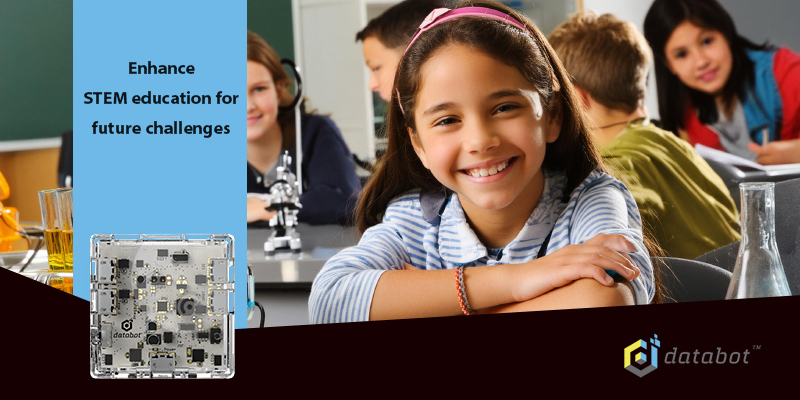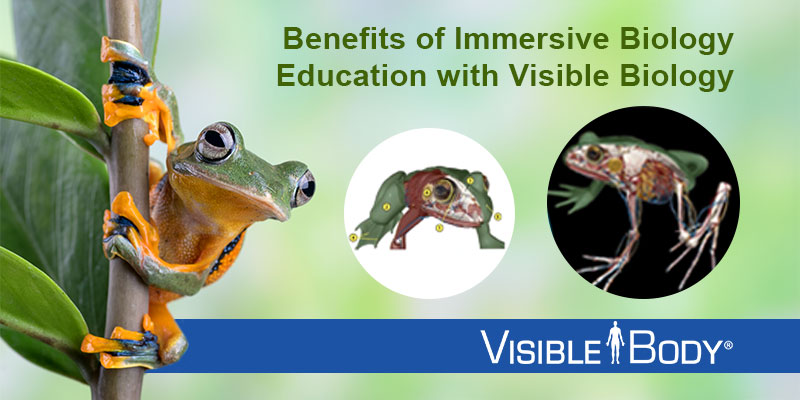
Conquer Stage Fright With Helpful Public Speaking Skills for Students
Picture yourself in a room full of people, everyone staring at you while you try to talk about a topic. For beginners, public speaking can feel a bit scary. You worry about what people will think, and you might even forget what you want to say. It’s embarrassing to be in the spotlight and the center of attention in front of an audience. All these feelings of nervousness and not being confident in yourself make public speaking seem like a really tough task. Through this blog, you will explore some tips to enhance public speaking skills for students.
Crafting a presentation:
The first step to building public speaking skills for students is to craft a good presentation. Conduct in-depth research on the topic and gather relevant information based on the purpose of your presentation. Be sure of what sentiment you want to evoke – is it to educate the audience or to perhaps convince them to take action? Using visual aids such as slides, charts, and graphs can enhance your presentation and help smartly assimilate complex information.
Know your Audience:
Understanding your audience will help you create a presentation that resonates with them and keeps them engaged. Your classmates and instructor may have specific expectations for your presentation based on the course material, previous discussions, or assignment guidelines. Understanding these expectations allows you to tailor your content accordingly and is an important step for developing public speaking skills for students.
Structure Your Speech:
The aim is to keep the audience engaged from start to finish. For this, you need to structure your speech effectively. Begin your presentation with a captivating opening line, story, question, or surprising fact that piques your audience’s curiosity and draws them in. Arrange your main points in a logical sequence that flows smoothly from one idea to the next. Use transitions to guide your audience through your presentation and maintain coherence.
Good Body Language:
Good body language is vital for effective public speaking in students. Maintain good posture, stand tall, and avoid slouching to convey confidence. Establish eye contact to connect with your audience and keep them engaged. Incorporate natural hand gestures to emphasize key points and add energy to your presentation. Pay attention to your vocal delivery, speaking clearly and practicing voice modulation is always appropriate. By focusing on body language, students can enhance their speaking skills and deliver compelling presentations.
Practice Your Speech:
Practice your speech in front of a mirror to refine your delivery. Practice pacing and timing to ensure your message flows smoothly and stays within the allotted time. Use the mirror to observe your facial expressions and overall demeanor, making adjustments as needed. Rehearse challenging parts of your speech repeatedly until you feel confident. Record yourself to review and identify areas for improvement.
Seek Feedback:
Before delivering your presentation, seek feedback from peers, teachers, or mentors to improve your public speaking skills for students. Ask for constructive criticism on content, delivery, and visual aids, and use it to make necessary improvements. Consider how you can enhance engagement and clarity in your presentation. Actively listen to feedback and implement suggested changes to refine your delivery. By seeking feedback, you’ll gain valuable insights and become a more effective speaker.
Make it Interactive:
During your class presentation, focus on building rapport to enhance public speaking skills for students. Engage with your audience from the start, using a friendly tone and asking open-ended questions. Incorporate interactive elements like polls or group activities to keep classmates engaged and involved. Be attentive to audience questions, providing thoughtful responses to foster discussion.
The TechnoKids – TechnoPresenter Module is designed for elementary students to master public speaking and technical skills.
- It follows an inquiry-based learning approach to encourage formulating questions, researching, and organizing information.
- Students learn to work with Google Slides and PowerPoint to create engaging presentations.
- The module integrates with language arts, social studies, science, or history curricula.
- The kit, which is available in Dubai and GCC regions, comes with comprehensive resources for teachers including a Teacher Guide, Student Workbook, and customizable templates.
- Optional challenges offer strategies for impactful presentations like body language.
- TehnoPresenter prepares students to become captivating, persuasive speakers while honing essential technical skills.
So, let’s embark on a transformative journey, empowering students to transcend their fears and emerge as eloquent, poised public speakers.










Recent Comments